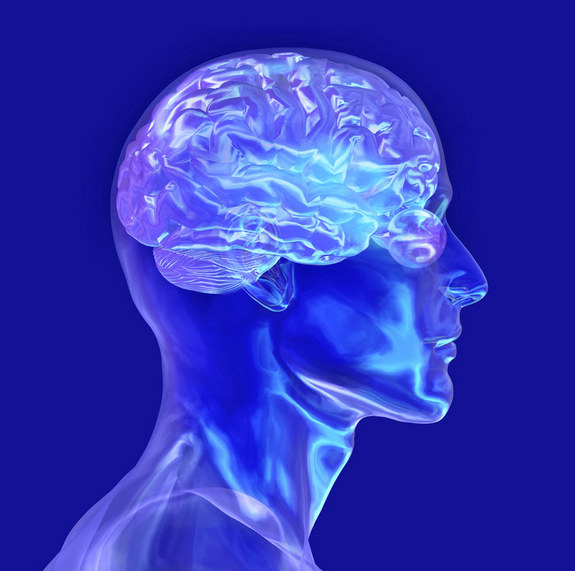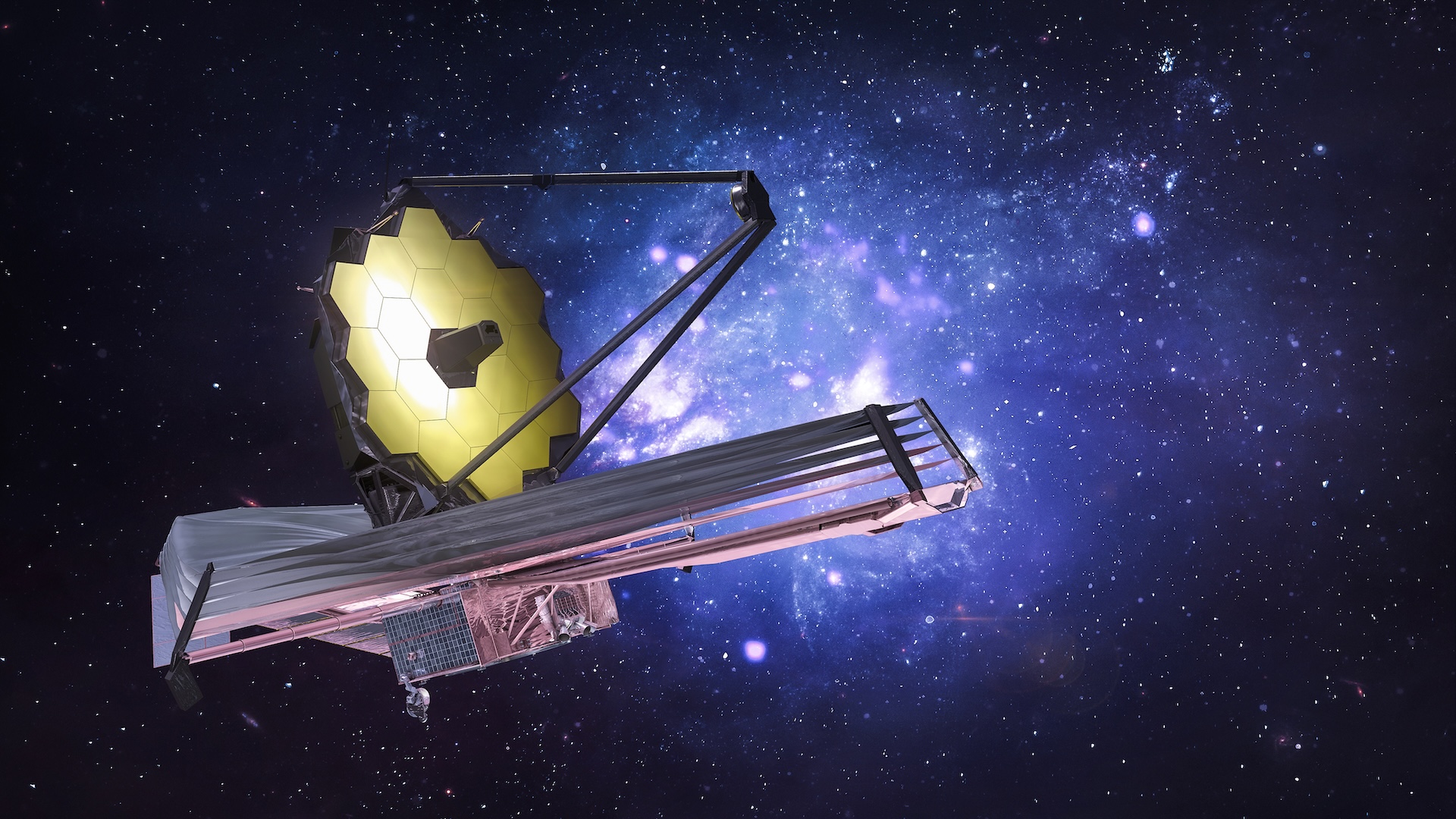Whatever Happened to Parapsychology?

It seems that stories of the paranormal sprout up every day, and everywhere, in pop culture and the media. Weird news websites number in the hundreds, and there are entire television series dedicated to psychic abilities, hauntings and paranormal investigation.
But that's all showbiz, really. The actual academic study of parapsychology -- the established term for phenomena such as clairvoyance, psychokinesis, telepathy and precognition -- has seemingly disappeared since its heyday in the mid-20th century. So what happened to parapsychology?
It hasn't gone anywhere, said John Kruth, executive director of the Rhine Research Center in Durham, N.C. It's just become disorganized, underfunded and -- in the realm of traditional science -- largely ignored. The Rhine is one of a handful of privately funded groups in the United States still doing active research into parapsychology, sometimes called "psi phenomena."
"People have never stopped doing research in these areas," Kruth said. "But the skeptic community is strong and vocal, and they're much better at working the media." Kruth attributes much of the field's decline in the United States, during the 1970s and 1980s, to media-savvy debunkers such as James Randi.
"Certainly there are fraudulent practitioners out there, and we're always watching for that," Kruth said. "It's like we have the frauds on one side and the debunkers on the other, and we're in the middle, still trying to do science."
Critics respond that, as a field of scientific study, parapsychology has much bigger issues. In short, the science has a fundamental evidence problem.
VIDEO: Two Rats Communicate Brain To Brain
Get the world’s most fascinating discoveries delivered straight to your inbox.
"It's fallen into disuse due to the fact that there's just nothing there," said Michael Shermer, editor of the quarterly journal Skeptic and columnist for Scientific American. "Parapsychology has been around for more than a century. (Yet) there's no research protocol that generates useful working hypotheses for other labs to test and develop into a model, and eventually a paradigm that becomes a field. It just isn't there."
Questions of validity aside, it's certainly true that parapsychology research continues, in at least in one historically significant locale. At a recent presentation on the campus of Duke University, three parapsychology researchers presented results from their latest studies. The presentation topics:
"Synesthesia, Time and the Geography of Anomalous Experiences"
"Synchronicity and Psi: A Controlled Comparison"
"The Bio-Energy Lab at The Rhine and The O.B.E. (Out of Body Experience) Project"
For several decades, Duke University ran one of the first centers for paranormal research in the world: The Duke Parapsychology Laboratory. The center was established in 1935 by Duke researchers J.B. Rhine and William McDougall, as part of the college's main psychology department. Along with later groups at Stanford and UCLA, it was among the very few research centers for what was considered a new and experimental science.
But by the 1960s, the academic environment had changed. Skeptics derided the field of parapsychology as pseudoscience and Duke ended its affiliation with the program. Rhine moved his labs across the street (literally) and continued his work off-campus. Remember the fate of Dr. Venkman's university research team at the beginning of "Ghostbusters?" Those scenes were based on the history of the Duke program.
The Rhine Research Center is the direct descendant of the Duke Parapsychology Laboratory. Now an independent non-profit group -- still off-campus and unaffiliated with the university -- the Rhine continues to research parapsychology and psi phenomena. Inside the group's modest two-story building is the Rhine Museum, a small room is filled with artifacts from the history of parapsychology research.
Among the items on display: A random light generator used to test precognition, an automatic dice roller for psychokinesis experiments, and an original set of those familiar ESP (or Zener) cards -- the star, the circle, the squiggly lines.
In the library, thousands of books on parapsychology line the shelves, including J.B. Rhine's early scholarly text, "Extrasensory Perception." The library also keeps back issues of the Rhine's Journal of Parapsychology, a peer-reviewed publication that the Rhine group has been putting out since 1937.
Elsewhere in the building are electronically shielded isolation rooms designed to block light and sound. Kruth's current project involves an effort to scientifically measure the energy emitted by yogic practitioners, holistic healers or martial artists -- those who claim to be able to focus energies through their hands or other parts of their body.
NEWS: Love Telepathy: Is It Real?
Kruth said he has tested dozens of volunteers in the isolation labs, with interesting results. When subjects focused their intent during experiments, their emission of biophotons -- the ultraviolet light emitted by all living things -- would change drastically. Emitted biophotons would spike from a dozen or so per second (as measured through a directed aperture) to hundreds, or thousands. His results were published in the most recent issue of the Journal of Parapsychology, in the study "Electromagnetic Emission From Humans During Focused Intent."
"This is a physical manifestation of the energy that people have been talking about, that scientists have denied." Kruth said. "The skeptics who say we have an evidence problem -- they're not reading the evidence."
Shermer said that researchers in the field of parapsychology regularly publish studies that claim significant results. "But when other researchers try to replicate those studies, they can't get them to replicate," Shermer said. "The effects disappear when you tighten the controls or you use different statistical methods."
Nevertheless, parapsychology researchers are still active at several public and private institutions in the United States and Europe, especially the U.K. and France. The Koestler Parapsychology Unit at the University of Edinburgh offers classes and conducts research on the possible existence of psychic ability and the social and historical relevance of parapsychology.
In the United States, Christine Simmonds-Moore, assistant professor at University of West Georgia, teaches undergraduate classes on parapsychology. Simmonds-Moore delivered the presentation on synesthesia at the recent Rhine event. Synesthesia is a neurological condition in which the senses get crossed up -- people perceive sound as color, or images as textures.
How Psychics Play the Odds and Still Lose
Simmonds-Moore's research involves testing whether synesthetes, with their unique perceptive faculties, may be more receptive to ESP tests. It's precisely the sort of phenomenon that blurs the perceived distinctions between traditional science and parapsychology, she said. "It's about unusual connections between things that are not usually connected together."
At the conclusion of the evening's presentations, Kruth led a brief discussion on the troublesome aspects of the term "parapsychology." When Rhine adopted the term in the 1930s, it was an attempt to get away from the even more problematic phrase "psychical research." The presenters and a few fellow researchers in the audience said that, despite the enduring controversy, they still identify as parapsychologists. After all, parapsychology simply means "alongside psychology."
Kruth turned to address the rest of the audience. "There you go," he said. "Anyone who tells you you can't be a parapsychologist, and make a career of it, we have several examples in this room."
This story was originally published on Discovery News.


